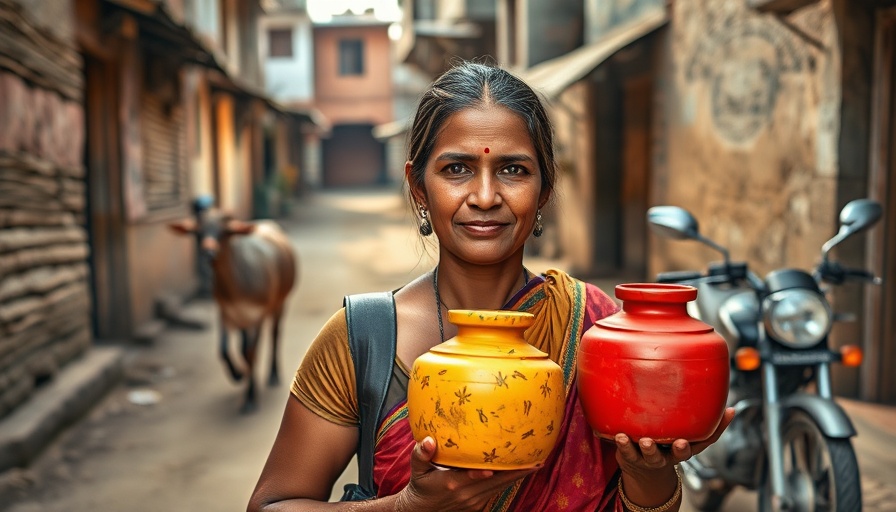
Reimagining Urban Spaces: The Shift Towards Inclusion
In India, the term "urban" often conjures images of bustling metropolises like Mumbai and Delhi, but the reality is far more nuanced. The current methods for defining urban areas rely heavily on outdated metrics, often shaped by bureaucratic criteria that do not reflect the evolving fabric of society. As communities expand into peri-urban areas—where urban and rural features intermingle—there's an urgent need to rethink what "urban" truly means.
Peri-urban spaces are defined as regions that straddle the urban-rural divide, often experiencing rapid population growth and significant shifts in land use. As recent analyses highlight, these areas are home to over 800 million people in India by 2050, indicating that traditional classifications are failing to capture the full scope of urbanization.
Beyond Bureaucratic Boundaries: A New Urban Paradigm
The current definition of urbanity, rooted largely in population density and occupational distribution—specifically, the male workforce—fails to consider the diverse realities of life in peri-urban areas. A senior bureaucrat's assertion that "urban, for me, is what I say is urban" reflects a subjective and limiting viewpoint that hinders effective governance and resource allocation.
Many societies already engage with urban-like characteristics outside of recognized urban areas. A report from the World Bank pointed out that more than half of India’s population lives in regions exhibiting urban-like features, even if they don't officially classify as urban under current regulations. Thus, it's crucial that urban planning frameworks evolve to include these transitioning spaces.
Growth Patterns and Economic Dynamics
Peri-urban areas are rapidly developing economies. They are often overlooked in development programs, which target traditional urban centers, thus failing to leverage their economic potential. The emerging services and industries in these areas provide new employment opportunities that could significantly bolster local economies. Studies from Kolkata highlight how these regions are transforming from rural to urban economies, bringing new employment dynamics that are vital for myriad sectors, from tech innovation to sustainable agriculture.
Also noteworthy is the gendered nature of work participation in these areas. While opportunities are burgeoning, they are not shared equally, perpetuating gender disparities that need to be addressed through conscious policy action.
A Call for Change and Strategic Planning
Urbanization is happening at a pace that challenges existing frameworks of governance and resource allocation. The multidimensional approach advocated here not only aims for greater inclusivity and equity but also sets the stage for sustainability and resilience against the backdrop of climate change and economic adaptation.
As we redefine what it means to be urban, it's essential to create a more equitable framework that addresses the socio-economic realities faced by peri-urban communities. This shift can facilitate better service delivery and infrastructure development, ultimately improving the quality of life for millions.
Conclusion: Towards Sustainable Urban Futures
For those invested in sustainability and eco-friendly living, understanding the complexities of urban and peri-urban dynamics is a crucial step toward fostering sustainable communities. Reimagining urban spaces promises to unlock new opportunities in sustainable development that align with community needs and ecological considerations, paving the way for a more resilient and inclusive future.
 Add Row
Add Row  Add
Add 



Write A Comment